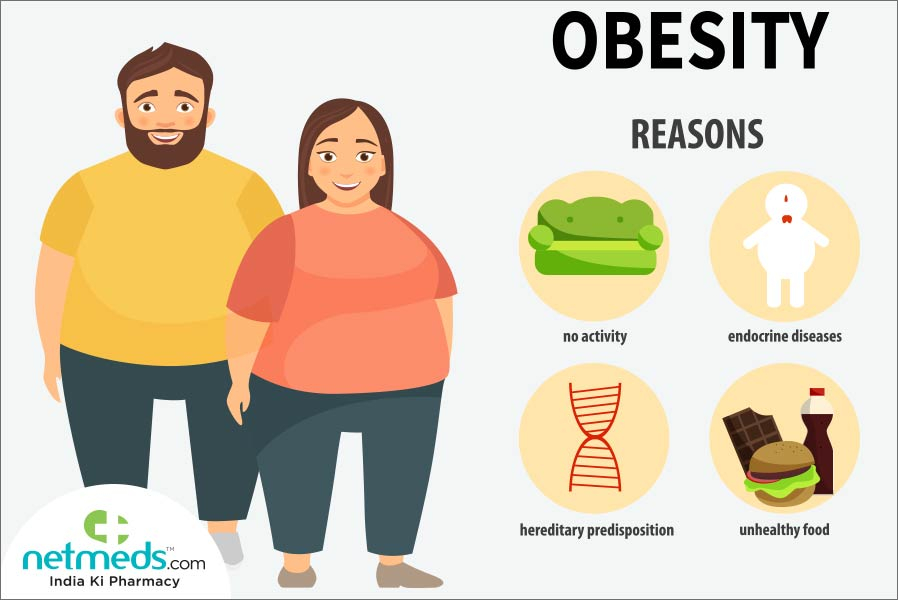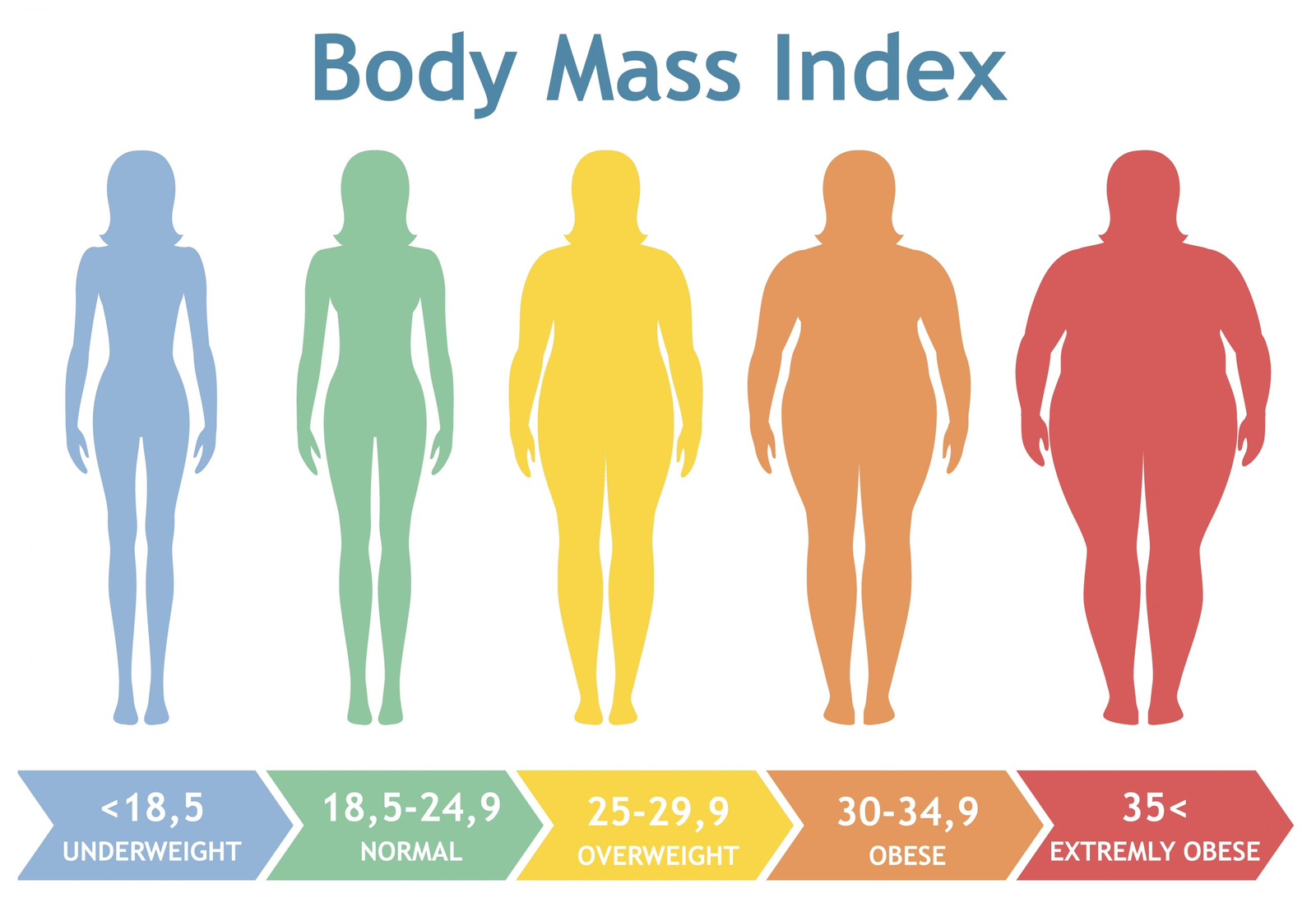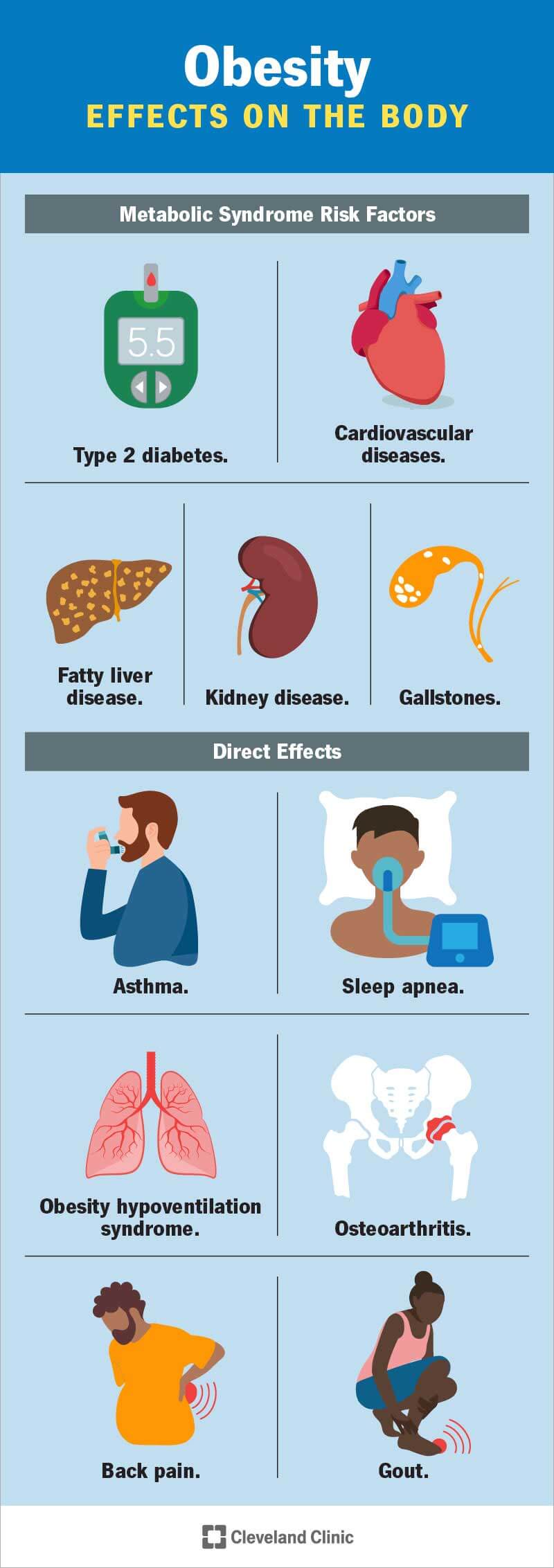Obesity
In this scholarly discourse, the substantial and perilous public health crisis, obesity, is meticulously scrutinised. Acknowledging the gravity of the issue, which affects millions globally, the research article deeply investigates the root causes, repercussions, and the potential multifaceted solutions to combat it, including lifestyle modifications and public health interventions. Furthermore, the discourse underscores the surge in obesity rates across the world, directly linked to escalating health-related problems and healthcare costs, thereby emphasizing the necessity for immediate evidence-based preventive strategies. The article strives to elucidate the complex nature of obesity, providing vital insight to stakeholders involved in healthcare policy formulation.

Understanding Obesity
Obesity is a complex disease characterized by an excessive amount of body fat. It’s not just a cosmetic concern because it increases the risk of diseases and health problems such as heart disease, diabetes, high blood pressure, and certain types of cancer.
Definition of Obesity
Obesity is defined as having an excessive amount of body fat. This is often calculated using the Body Mass Index (BMI), where a BMI of 30 or above is classified as obese.
Facts and Statistics about Obesity
Obesity is a growing global health problem. It has nearly tripled since 1975 according to the World Health Organization. Over 650 million adults were obese in 2016.
Mechanism of Obesity
The fundamental cause of obesity and overweight is an energy imbalance between calories consumed and expended. Put simply, we gain weight when we consume more energy than we burn.
The Causes of Obesity
Obesity is a complex condition with multiple risk factors. It often results from a combination of inherited factors, paired with environmental and personal diet, and exercise choices.
Nutritional Causes
The intake of high calorie foods, particularly saturated fats and sugars, contributes significantly to obesity. Also, consumption of fast food and sugary drinks has been linked to weight gain.
Lifestyle Causes
Sedentary behavior is a key driver of obesity. Physical inactivity due to spending long hours in desk jobs, driving rather than walking, and engaging in leisure activities that require minimal physical effort contribute to unhealthy weight gain.
Genetic Factors
Genetics play a role in the development of obesity. Many obese individuals come from families with a history of obesity, suggesting a genetic link.
Psychological Factors
For some individuals, emotions can significantly influence eating habits. Those who find themselves eating out of stress, sadness, or frustration may struggle with obesity.
Medical Conditions
Certain medical conditions can lead to weight gain and obesity. Some examples include hypothyroidism, polycystic ovary syndrome (PCOS), and Cushing’s syndrome.
The Impacts of Obesity
Obesity has manifold impacts, not only on the individual’s health, but also on the economy and society.
Physical Health Impacts
Excessive body weight is associated with a variety of health conditions, from heart disease and stroke to diabetes and cancer.
Mental Health Impacts
Obesity can lead to mental health issues such as depression, anxiety, low self-esteem, and other psychological disorders.
Economic Impacts
The economic impact of obesity is quite significant, with increased healthcare costs and loss of productivity.
Societal Impacts
Discrimination and stigma are often associated with obesity. This can affect education, employment and psychological wellbeing.
Obesity Classification
Obesity can be classified using various measurements including Body Mass Index (BMI), Waist-to-Hip Ratio, and Body Fat Percentage.
Body Mass Index (BMI)
The Body Mass Index (BMI) is a tool to classify obesity. A BMI over 30 is categorized as obese.
Waist-to-Hip Ratio
The Waist-to-Hip Ratio is another evaluation tool, where a ratio greater than 1.0 in men and 0.85 in women is associated with health risks of obesity.
Body Fat Percentage
Body Fat Percentage measures the proportion of fat to total body weight. A body fat percentage over 25% in men and 30% in women is considered obese.
Complications and Co-morbidities Related to Obesity
Obesity is associated with numerous medical complications and diseases, commonly referred to as co-morbidities.
Diabetes
Obesity is a major risk factor for type-2 diabetes. Excessive body weight can lead to insulin resistance and elevated glucose levels.
Heart Diseases
Obesity increases the risk of heart disease by raising blood pressure and cholesterol levels.
Sleep Apnea
Obese individuals are at a high risk of developing sleep apnea, a serious sleep disorder in which breathing repeatedly stops and starts.
Certain types of cancer
Obesity increases the risk of various types of cancers, including breast, colon, endometrial, kidney, esophageal, and pancreatic.
Mental Health Disorders
Obesity can predispose to mental health disorders such as depression, eating disorders, and social withdrawal.
Obesity Treatment Options
While challenging, successful weight loss is achievable given the right tools and motivation.
Changes in Lifestyle and Eating Habits
The first line of treatment for obesity often involves changes in diet and physical activity. This can result in weight loss and improvement in overall health.
Medications
There are several FDA-approved medication options to assist with weight loss for those who have been unable to lose weight through diet and exercise alone.
Surgical Treatments
For severe obesity, surgical treatment such as bariatric surgery can be an option. These methods help to reduce food intake and/or absorption.
Counseling
For many, maintaining weight loss can be a struggle. Counseling—whether individual or group—can improve the success rate of weight loss.
Physical Therapy
Physical therapy can play a key role in addressing pain, mobility issues, and other barriers to physical activity faced by obese individuals.

Role of Diet and Exercise in Managing Obesity
Diet and exercise are the pillars of weight management.
Balanced Diet
A balanced diet that includes fruits, vegetables, whole grains, low-fat dairy, lean protein, and minimizes saturated fats, trans fats, and sugars can support a healthy weight.
Physical Activity
Physical activity is essential for energy balance and weight maintenance. It’s important to find a routine that fits into one’s lifestyle and preferences.
Effects of Regular Exercise
Regular physical activity can help burn extra calories, reduce body fat, build muscle, and increases the body’s metabolic rate.
Role of a Dietician
Dieticians can provide personalized dietary advice, help set and achieve goals, and provide strategies to maintain weight loss.
Preventing Obesity
Prevention of obesity is critical and must be a priority from an early age.
Importance of Prevention
With the profound implications of obesity on physical and emotional health, and its strain on healthcare resources, prevention is key.
Early Intervention
Early intervention can help set healthy eating patterns and exercise habits, crucial to staving off obesity later in life.
Preventing Childhood Obesity
Childhood obesity is a growing concern. Promoting healthy eating and physical activity among children and their families can help prevent childhood obesity.

Obesity and Public Health
Tackling obesity is a shared responsibility that requires a whole-of-society approach.
Public Health Measures against Obesity
Public health strategies such as food labeling, promoting physical activity, and restrictions on marketing of junk food are crucial to combat obesity.
Government Policies
Government policies regarding taxation, agriculture, school meals, and access to healthcare can shape obesity rates.
Community-based Interventions
Interventions at the community level such as establishing farmers markets, creating safe places to walk or bike, and providing health education can help promote healthy behaviors.
Future Research and Outlook on Obesity
The future holds promise for more effective treatments and interventions for obesity.
Advances in Obesity Research
Scientific research continues to deepen our understanding of obesity and its complications – from the role of genetics, to the gut microbiome, to new drug targets.
Emerging treatments and Interventions
Emerging avenues for obesity treatment include novel medications, methods to alter the gut microbiota, and innovative surgical procedures.
Long-term Outlook on Obesity
The long-term outlook of obesity will depend largely on the effectiveness of public health efforts and medical interventions. With ongoing research, education and intervention strategies, there is hope for stemming this growing epidemic.




Pingback: What Is One “outside Of The Body” Factor That Contributes To Obesity?
Pingback: Why Is Obesity So High In The Usa
Pingback: How Is Obesity Dangerous
Pingback: Why The Rise In Adolescent Obesity
Pingback: What Group Will Most Likely Get Obesity
Pingback: Quotes About How Obesity Effects Physical Health